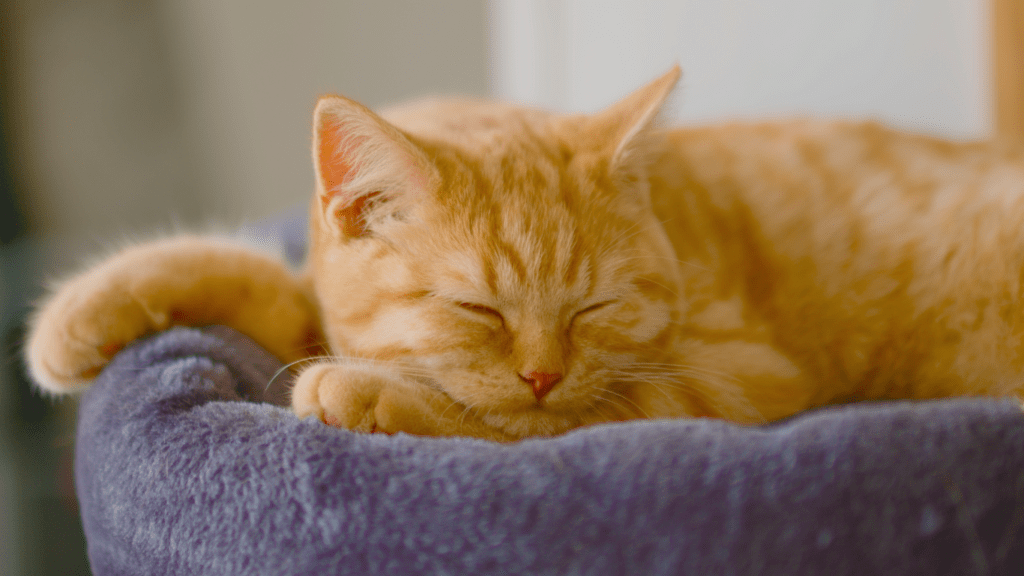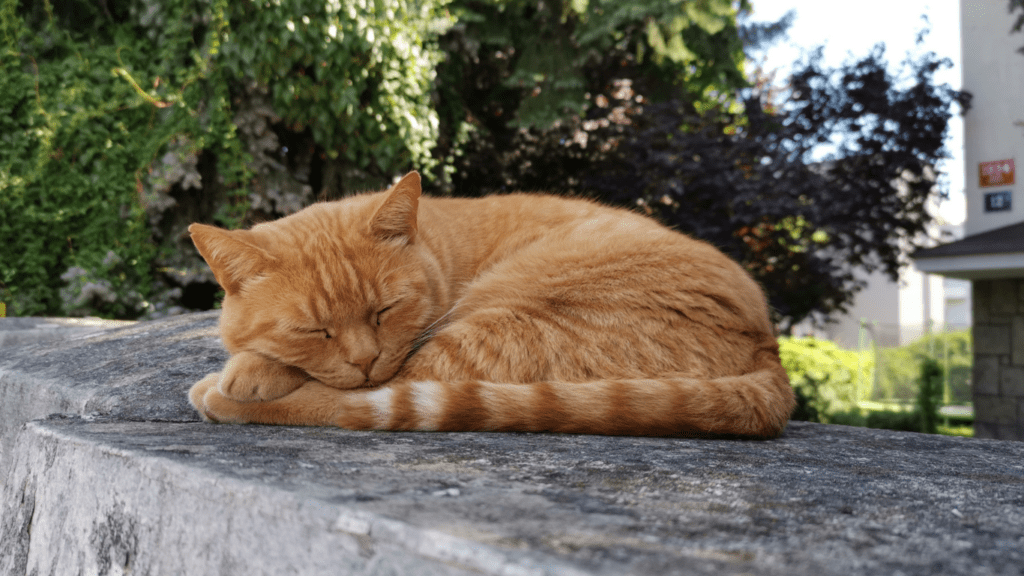As a pet owner, I know how challenging it can be to witness our furry friends struggle with separation anxiety. In my experience, helping pets cope with the stress of being apart from their humans requires patience and understanding. In this article, I’ll share valuable tips to make the transition smoother for both you and your beloved pet.
Separation anxiety can manifest in various ways, from excessive barking and destructive behavior to clinginess and restlessness. It’s essential to address these issues with compassion and effective strategies. By implementing the right techniques, you can help your pet feel more secure and comfortable when you’re not around.
Understanding Separation Anxiety in Pets
As a pet owner, I understand the significance of recognizing and addressing separation anxiety in our furry companions. Dogs and cats can experience separation anxiety, leading to stress and discomfort when left alone.
It’s crucial to comprehend the signs and causes of this condition to provide the right support for our beloved pets.
Some common signs of separation anxiety in pets include excessive barking or meowing, destructive behavior like chewing furniture or scratching doors, and inappropriate urination or defecation indoors. These behaviors often occur shortly after the pet owner leaves the house and are indicators of distress and anxiety in the animal.
The root causes of separation anxiety can vary from individual to individual. Changes in routine, past traumatic experiences, or lack of socialization can contribute to the development of separation anxiety in pets.
Understanding these triggers can help pet owners implement appropriate strategies to alleviate their pets’ stress and promote a smoother transition when being apart.
By recognizing the signs and underlying causes of separation anxiety in pets, we can take proactive steps to create a supportive and comforting environment for our furry friends. Addressing separation anxiety with empathy and tailored solutions can make a significant difference in helping pets feel secure and at ease during periods of separation.
Signs and Symptoms of Separation Anxiety
Identifying the signs and symptoms of separation anxiety in pets is crucial for providing them with the necessary support and care. Pets exhibit various behaviors that may indicate they are experiencing separation anxiety. Here are some common signs to look out for:
- Persistent Barking: Dogs might excessively bark when left alone, especially shortly after the owner’s departure.
- Destructive Behavior: Pets may engage in destructive behaviors like chewing furniture or scratching walls out of anxiety.
- Inappropriate Elimination: Cats or dogs with separation anxiety might urinate or defecate indoors, even if they are house-trained.
- Pacing and Restlessness: Pets may appear agitated, pacing back and forth, or showing signs of restlessness when separated from their owners.
- Excessive Drooling: Some pets exhibit increased drooling as a response to stress and anxiety.
- Escaping Attempts: Dogs may try to escape confinement or the home in an attempt to reunite with their owners.
Recognizing these signs early on can help pet owners address separation anxiety effectively and create a calmer environment for their furry companions. By being aware of these symptoms, you can take proactive steps to support your pet’s well-being during times of separation.
Managing Separation Anxiety
When dealing with separation anxiety in pets, I focus on creating a safe space for my furry friends and utilizing gradual desensitization techniques. Here are the key strategies I implement to help my pets cope with being apart:
Creating a Safe Space for Your Pet
I ensure that my pet has a designated safe space within the home that is comfortable and familiar. This area provides a sense of security and helps alleviate their anxiety when I’m not around. Whether it’s a cozy bed, a favorite blanket, or a quiet corner, having a safe space can offer solace to pets experiencing separation anxiety.
Gradual Desensitization Techniques
To help my pets adjust to being alone, I gradually expose them to short periods of separation, starting with brief intervals and slowly increasing the time apart. This process allows them to build confidence and reduces their anxiety over time.
By incorporating positive reinforcement, such as treats or toys, during these practice sessions, I reinforce positive associations with being alone.
By focusing on creating a safe environment and implementing gradual desensitization techniques, I’ve been able to support my pets through their separation anxiety and help them feel more secure during times of absence.
Tips for a Stress-Free Transition
As I address the need to transition our pets smoothly through periods of separation, I focus on practical steps to ensure their well-being. Here are key strategies to help pet owners create a calm environment for their furry friends:
- Establish a Safe Haven: Designate a specific area in the home where your pet feels secure and comfortable. This space should include familiar items like bedding, toys, and treats to provide a sense of comfort while you’re away.
- Practice Short Departures: Start by leaving your pet alone for short intervals to accustom them to your absence. Gradually increase the duration over time, allowing them to adjust to being alone without feeling anxious.
- Use Positive Reinforcement: Reward your pet for calm behavior before, during, and after your departures. Positive reinforcement, such as treats or praise, helps them associate being alone with positive experiences, reducing their anxiety.
- Maintain a Consistent Routine: Pets thrive on routine, so try to keep their daily schedule as consistent as possible. Regular feeding times, exercise routines, and play sessions can provide a sense of stability and security, easing their stress during separations.
- Engage in Interactive Play: Interactive toys or puzzles can help distract and entertain your pet while you’re away. These activities stimulate their minds and provide mental enrichment, reducing feelings of loneliness and boredom.
- Seek Professional Help if Needed: If your pet’s separation anxiety persists despite your efforts, consider consulting a veterinarian or animal behaviorist for additional support. They can offer personalized advice and guidance to address your pet’s specific needs.
By implementing these practical tips and being patient with your pet’s progress, you can help them navigate separation with less stress and anxiety. Creating a supportive environment and using positive reinforcement can significantly improve your pet’s well-being during times of absence.


 Noranna Frazieral has played a crucial role in shaping the content for Animal Potty Care, focusing on pet diet and wellness. Her deep understanding of pet nutrition ensures that the platform offers well-rounded guidance on maintaining a balanced and healthy diet for pets. Noranna’s contributions help pet owners make informed decisions about their pets' diets, promoting long-term health and well-being. Her input has made the platform a trusted resource for those looking to improve their pets' quality of life.
Noranna Frazieral has played a crucial role in shaping the content for Animal Potty Care, focusing on pet diet and wellness. Her deep understanding of pet nutrition ensures that the platform offers well-rounded guidance on maintaining a balanced and healthy diet for pets. Noranna’s contributions help pet owners make informed decisions about their pets' diets, promoting long-term health and well-being. Her input has made the platform a trusted resource for those looking to improve their pets' quality of life.